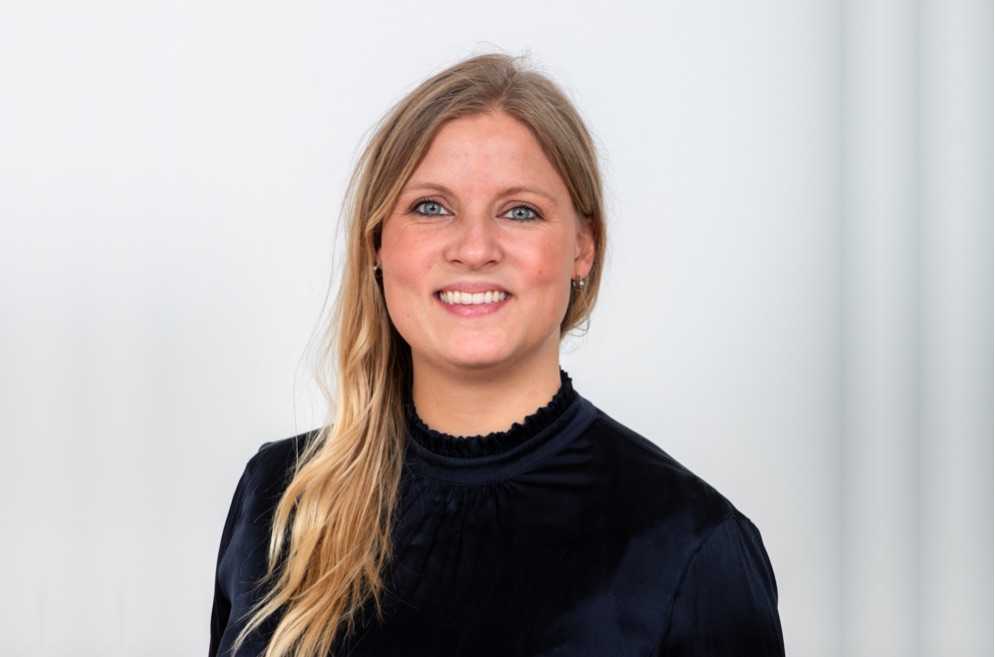By Hamlin Lovell, NordicInvestor
PKA manages around DKK 330 billion (EUR 44 billion) for 325,000 members. ESG Manager, Louise Aagaard, belongs to PKA’s ESG team of four full time professionals and two student assistants, who are part of the investment department, but also work closely with the legal and risk departments in various working groups.
Remote working has not slowed down the ESG momentum at PKA. “Working from home has had both advantages and disadvantages. It has made it a bit harder to work across teams, and harder to avoid siloes, so we need to do more phone calls because ESG is integrated everywhere. Equally, people may be more productive at home and decision making has not been slowed down. Heads of investment departments and directors meet several times a week, and the ESG committee of all directors meet every 6 weeks. The whole ESG agenda has a very high priority at the moment, with multiple initiatives. The Danish regulator accepts that fiduciary duty goes hand in hand with ESG,” says Aagaard.
All asset classes
ESG is being integrated into all asset classes, with different policies for each. “PKA is adding to alternatives, including more than 10% in real estate, which is managed in house. Infrastructure is managed in house through a subsidiary, AIP Management, established in 2010-2012. This is not new – PKA has been investing in wind farms since 2010. There is also a subsidiary focused on private equity, Institutional Investment Partners Denmark (IIP)”. PKA has focused on seven of the UN Sustainable Development Goals (SDGs), and has invested in an SDG fund.
“Fixed income and equities are managed both internally and externally, and side letters are always needed to define ESG terms”, says Aagaard.
External managers and exclusions
For instance, external managers need to comply with an exclusion list sent out quarterly, which currently comprises about 350 companies. In common with some other Danish pension funds, PKA has a longer exclusion list than is the case for many funds in Norway, Sweden or Finland, and this is partly due to applying lower thresholds for coal.
“There is zero tolerance of controversial weapons, tobacco, coal mining and oil sands, while revenue thresholds can apply to coal. We will probably exclude more companies in future, particularly in fossil fuels,” says Aagaard.
Human rights, engagement and improvement
Companies can also be excluded based on their human rights conduct. “Human rights issues are more assessed on a case by case basis as part of a monthly evaluation of controversial companies. Here we try to engage in active dialogue to see if companies are willing to change. We sometimes engage directly as we did for several banks last year. And the engagement can be partly carried out by partners”.
For instance, Federated Hermes engaged with over 300 companies, and Climate Action 100+, which targeted 167 companies, or the Investor Alliance for Human Rights, which has a dialogue with 95 companies, in 2019.
“If companies are not improving sufficiently, we exclude them – but we can also reinvest in divested companies if they do improve. For instance, if a company sold its tobacco or coal business, we could consider investing again,” says Aagaard.
ESG equity scores and ESG ratings agencies
As well as exclusions, equity portfolios are benchmarked against third party ratings. “In equities, the overall weighted average portfolio ESG scores also need to be 15% higher than the average, based on MSCI ratings, and some external mandates have already exceeded this. In order to meet this target, they do not necessarily have to make divestments, but can adjust weightings – tilting to be overweight or underweight of certain companies or sectors,” says Aagaard.
On top of MSCI, PKA could consider adding other ESG ratings agencies, such as Sustainalytics, or other providers.
Green and Social Investment Targets
PKA was again in 2020 named Denmark’s best climate investor by the World Wide Fund for Nature – WWF.
Impact investing will make up a growing proportion of PKA’s portfolios. “PKA has met its target of 10% of assets in green investments by 2020, having already invested DKK 33 billion in green assets. Longer term, the target is now DKK 50 billion by 2025. We also invest in green bonds,” says Aagaard.
Green bonds are a fast growing asset class but attention is also being paid to social bonds, because ESG covers Social as well as Environmental performance. PKA also is a target to invest 10 billion in social assets by 2025.
“Our infrastructure and private equity partners, AIP and IIP, are helping to find impact funds,” says Aagaard.
EU Rules
“Implementing the EU SFDR (Sustainable Finance Disclosure Regulation) is a high priority and challenge for 2021,” says Aagaard.
PKA expects to be aligned with the SFDR disclosure requirements, which started in March 2021 and are being phased in over the next year, and also the EU taxonomy, which is also not yet finalized.
Carbon reporting
PKA is expanding its carbon reporting. “We will start TCFD (Taskforce for Climate Relate Disclosure) reporting for the first time in the summer of 2021. We will definitely be reporting scope 1 and 2 emissions. Scope 3 is yet to be decided,” says Aagaard.
There could also be new reporting metrics: “calculating Climate Value at Risk (VaR) is another area still to be decided on,” says Aagaard.
Forward looking targets
Longer term, forward-looking targets include aligning with the Paris agreement on carbon neutrality by 2050. Active ownership encouraging companies to become sustainable and understand the targets plays an important role here.
Transparent Reporting
“All of our ESG reporting is n our “Responsible investing” website, which also details case studies of green investment, impact investing, microfinance, exclusions, the dialogue list and the watchlist. Since our members are public health workers, transparency is a priority,” says Aagaard. The site is https://ansvarlige-investeringer.dk/



